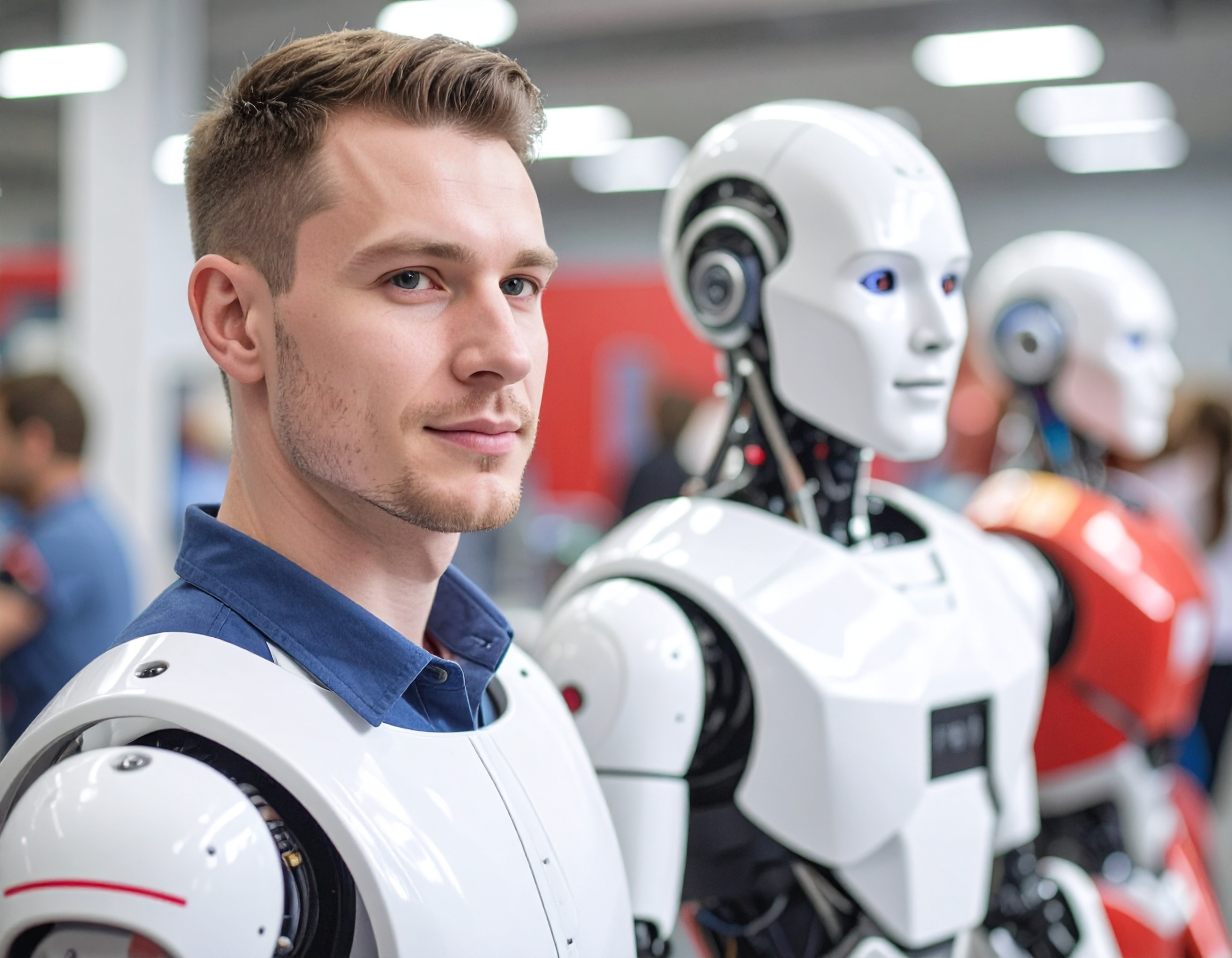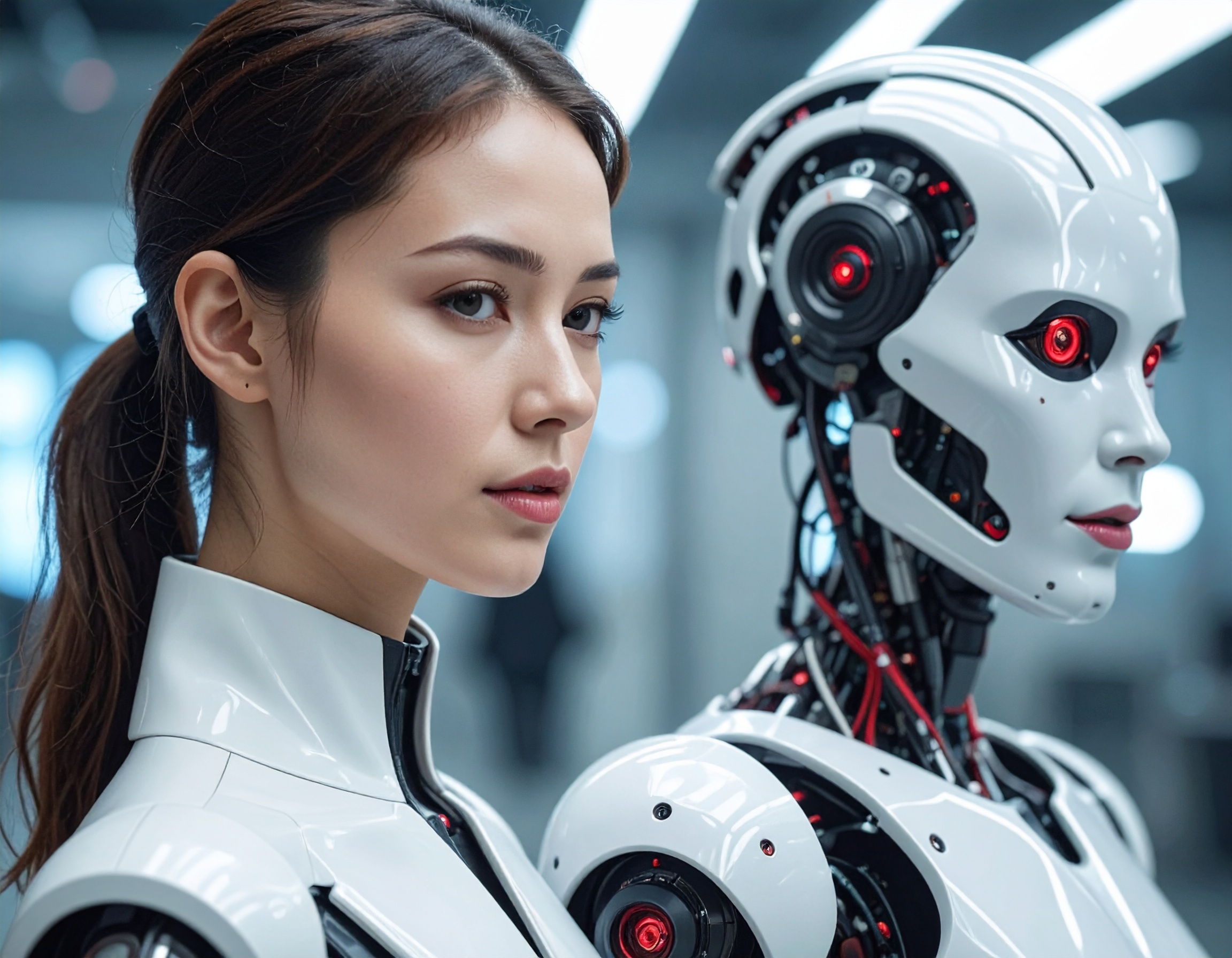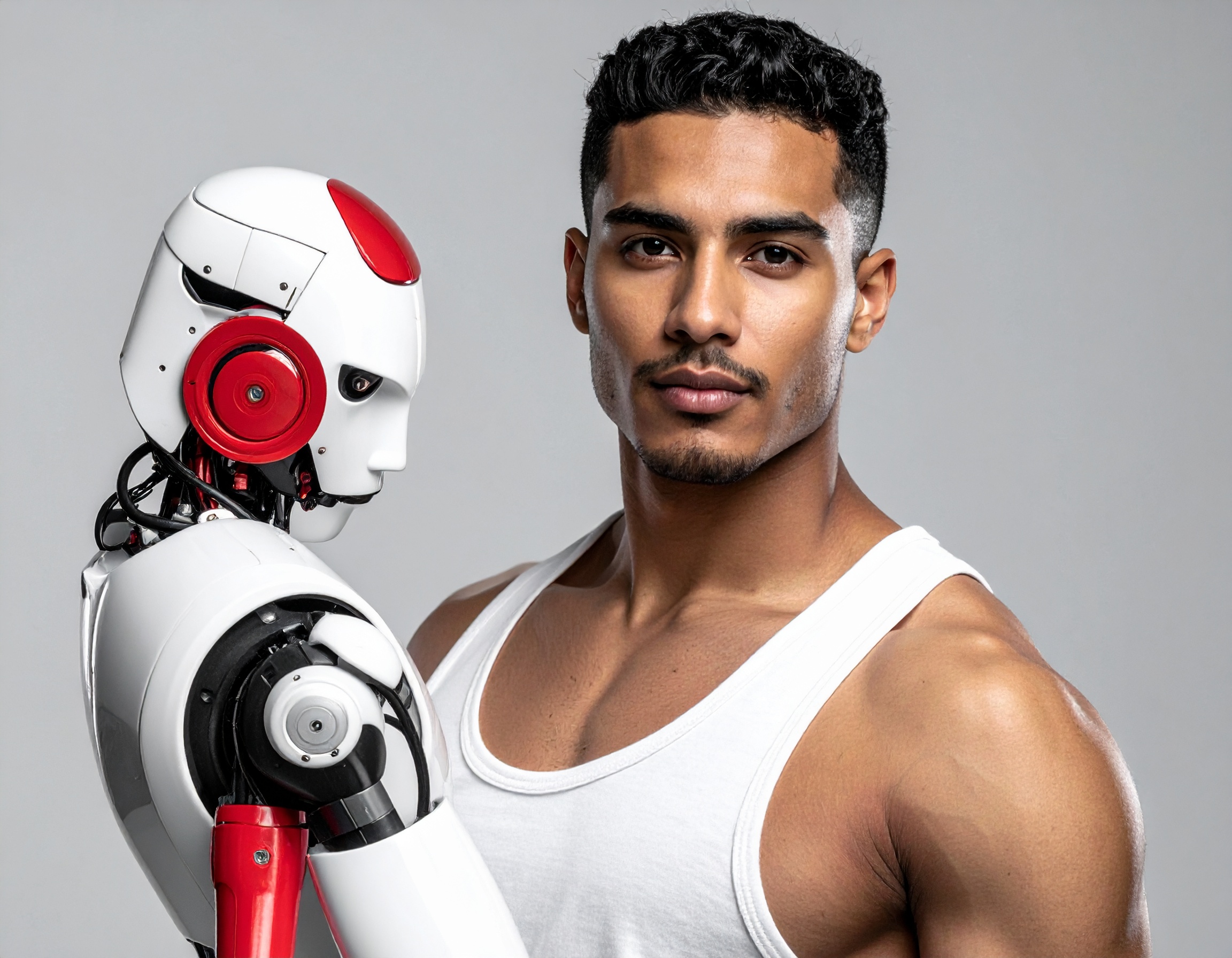From Sidewalks to Warehouses: Why Cartken Reprogrammed Its Robots

A Change in Direction for the Sidewalk Robot Startup
In July 2025, autonomous robotics startup Cartken officially announced its strategic pivot away from last-mile delivery and toward indoor industrial applications. Once known for its sidewalk delivery robots, Cartken is now placing its bets on warehouse and factory automation—an area where its technology has found faster traction and more consistent demand. According to co-founder and COO Anjali Jindal Naik, “our highest engagement and usage is in indoor environments,” signaling a shift based on actual market performance.
This move marks a significant redirection from the company’s original goal of deploying Non-Human Workers for food and retail deliveries, including partnerships with Starbucks and Uber Eats. While those partnerships gained visibility, Cartken faced major obstacles such as weather-related challenges, limited sidewalk accessibility, and inconsistent usage. The company’s delivery robots needed constant human supervision in outdoor settings—undermining the very automation they promised.

From Last Mile to Last Meter: Why Industrial Automation Won Out
As Cartken robots were increasingly deployed indoors, the benefits became clear. Inside facilities like Mitsubishi Electric’s Japanese factories, Cartken’s AI-driven vehicles are now used for material handling and inventory movement. These settings provided stable environments, better connectivity, and predictable pathways—ideal for automation. The need for human oversight dropped drastically indoors, making AI Employees much more cost-effective and autonomous in their tasks.
This trend reflects a broader shift in robotics where Voice AI Agents and mobile robots are being integrated not just to assist delivery, but to reshape productivity in logistics and manufacturing. Cartken’s software stack remains central to this pivot: by offering partners the ability to customize navigation and perception, Cartken provides a platform model rather than a one-size-fits-all machine. With 75 robots already in operation and more on the way, the company is leaning into this model with renewed confidence.
Building for the Future: Scaling Smart Logistics
Looking ahead, Cartken plans to grow its fleet and deepen industrial partnerships, particularly in North America and Asia. This shift is not just about changing sectors—it’s about aligning robotics with the environments where Digital Employees can truly operate independently. As Jindal Naik pointed out, “we’re building for scalability now.” Rather than battling the elements and inconsistent customer behavior on city sidewalks, Cartken is betting on the efficiency of the factory floor.
This transition highlights a key lesson in the robotics industry: automation works best when the conditions are optimized for machines. With increasing interest in warehouse robotics globally, Cartken’s pivot may be a preview of where the next wave of AI-driven labor is headed.
Key Highlights:
- When: Pivot announced in July 2025, based on performance data and partner engagement.
- What: Cartken shifted from last-mile sidewalk delivery to indoor industrial automation.
- Why: Indoor environments proved more scalable, reliable, and automation-friendly.
- Where: Successful deployments include Mitsubishi Electric factories in Japan.
- How: Cartken offers a customizable software platform for AI Employees and robot fleets.
- Relevance: Reflects broader trend toward warehouse automation and away from public delivery robots.
Reference:


